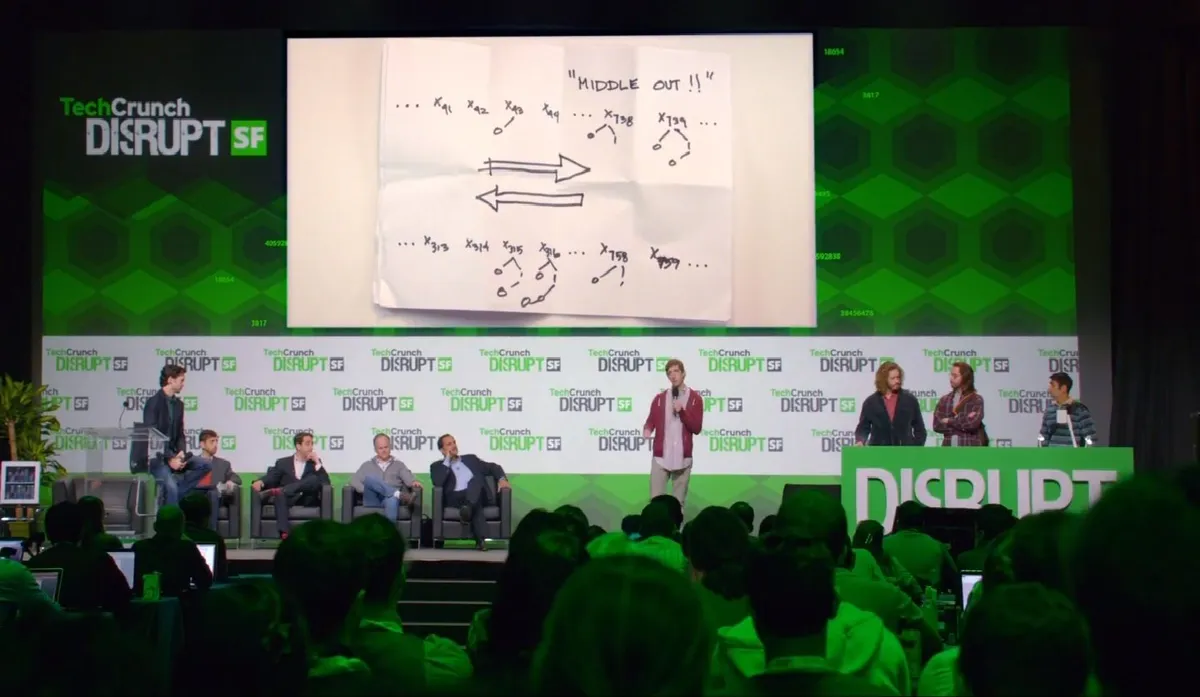The Millennial SaaS-era Retrospective: Part 3

"A million dollars isn't cool. You know what's cool? A billion dollars." - The Social Network
On April Fools Day, 2014, Or Arbel released an app to the Apple App Store that he'd developed in just eight hours. Its purpose? To send a notification "Yo" to any other user of the app. Yo would raise $2.5 million at a $10 million valuation.
In June 2014, Washboard opened its doors. For $27, Washboard would mail you $20 in quarters to use at laundromats. It would shut down a few weeks later.
And perhaps foreshadowing the rise of influencer marketing, TasteMade let users create structured video restaurant reviews with filters, overlays, and a script. A template for the coming age of content.
Those were just the wild ideas. To understand the era, we have to take a step back.
In summer 2011, I went out to San Francisco to explore launching my own thing. I didn't have money, and I didn't have a big network. I needed a place that was cheap to crash. The technology world had me covered: a new service called "Air Bed & Breakfast" would let me rent a room in a stranger's house for a fraction of what it cost for a hotel. I got a place in Chinatown with an entrepreneur renting out all of his apartment's spare rooms.
I needed to get around, and everyone told me the cab situation in San Francisco was dire. Not to worry, though - there was a new app called Uber that would summon an off-duty black car to ferry me wherever I wanted to go.
I "launched" a startup after winning a Startup Weekend competition. I canceled the remaining days of my stay in San Francisco and crashed with a fellow competition participant in Palo Alto. We had breakfast at Buck's, a veteran founder haunt that claims to be the founding location of TED Talks. (No idea if that was true, but it felt possible) The scene was raw and encouraging.
And the scene was for everyone. Ruby on Rails had democratized web application development, making it easy and straightforward to build apps in a fraction of the time. The Ruby community's "why the lucky stiff" was emblematic of the era - an anonymous young software developer writing quirky training materials for would-be programmers who had never coded before. Hundreds would follow his lead, empowering thousands of people who had never coded before to build the future, one weird little app at a time.
Everything started happening everywhere. I headed back to DC, catching the digital government movement at its peak in the first Obama term. Boring old DC suddenly had tech startups: LivingSocial offering consumer discounts, Contactually taking on Salesforce, and Mapbox providing an API-based mapping layer for apps that needed location. Government agencies launched their first Twitter accounts as they sought to reach the public. The energy was contagious.
I didn't need to be in San Francisco all the time, because I had a community in DC. I met up several nights a week with a community of "Nightowls," young professionals with day jobs who gathered in empty offices to work on side projects. I launched a startup out of that experience too. I had side work building scrapers for Filipino government websites as the digital government movement went global. If you were ambitious at all, you were getting caught up in the entrepreneurial can-do spirit. Who wanted to miss the moment?
And so you can circle back to 2014, the same year that HBO launched "Silicon Valley," and the moment and the satire just seem to blend together. Middle-out compression was released as a supposedly respectable research paper to test if the story was believable enough. Tech workers would don Aviato t-shirts and channel Erlich Bachmann as Halloween costumes. It was chaotic. It was weird. It was fun. A fantastic time for builders.
Nothing lasts forever.